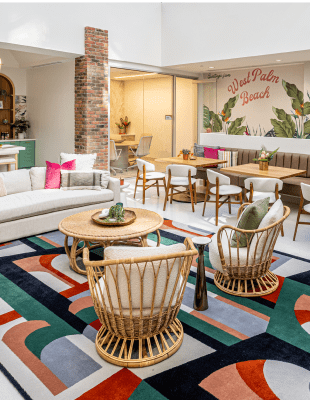Property developers must invest in adaptable and flexible infrastructure to better respond to future demands.
A lot has changed in property development in the last decade in Australia. One; there aren’t as many greenfield opportunities. Infill makes up to 80% of new residential developments (give or take, depending on which state or territory you’re looking at). Two; sustainability is no longer optional, it’s a baseline expectation that developments will factor in material reuse, environmental offsets and water sensitive design. Three; designs must cater not only for the infrastructure of today, but the infrastructure required 15 years from now.
Infill projects – particularly of the large precinct variety – are interesting examples of how future utilities will be designed and maintained with some precincts – both residential and industrial – opting for precinct owned power supplies and integrated water management facilities. This is a key driver for sustainability and efficiency.
As owners within the precinct bear the ongoing costs of maintaining services rather than ‘gifting’ the infrastructure to the local Council to manage, this is a key driver for investment in sustainability and efficiency initiatives.
Added benefits of this approach include the ability to regulate and upgrade resources to meet customer expectations as needed, as well as reducing reliance on already overburdened services, often allowing for higher density to be achieved. We expect to see more of these kinds of developments as technology to create, monitor and maintain these community owned utilities becomes more sophisticated and accessible.
The other interesting trend emerging is how we plan for future infrastructure demands, like EV fast charging stations or 5G networks. If we look at EVs in the home, the current electricity infrastructure in a typical subdivision is insufficient to meet the demand for fast charging stations. One way developers are starting to address this is to offer ‘house energy packs’ as part of their house and land packages; this provides certainty to the electrical authorities and sufficient infrastructure to be provided during detailed design. Planning for this infrastructure now and building in extra capacity reduces the need for expensive utility upgrades down the track as well as a point of difference to developers offering house packages.
As an additional safety net, we increasingly see interest in community batteries that help with precinct energy security but can also feed energy back into the grid, generating an income for the precinct which can offset facility maintenance costs.
It’s not just communities driving this shift. Developers are investing in sustainability initiatives and targets for their own organisations and operations. The carbon footprint and sustainable outcomes of their developments reflect their sustainability commitments.
Property developers are on the front-line embedding sustainability and technology to meet ever changing community and business demands. From a civil engineering perspective, the changes happening above ground need to be reflected and planned for far in advance below the surface. This means understanding future trends and working with stakeholders to invest in adaptable and flexible infrastructure that can better respond to future demands.



